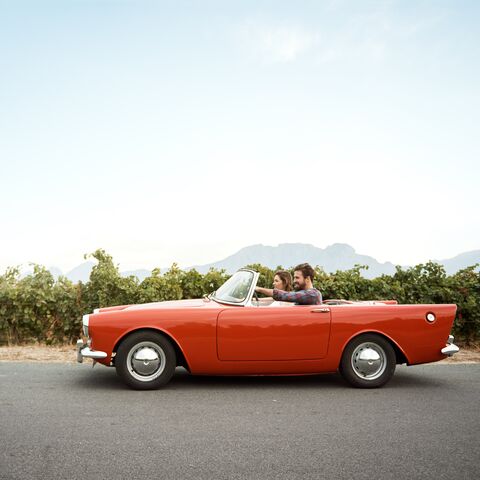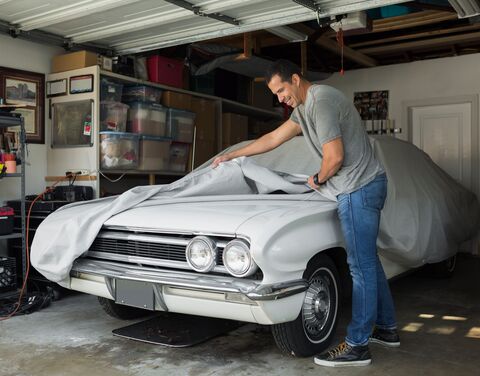
Buying and registering a vintage car: what do I need to know?
For most people, a vintage car means a beautiful, old car from the 1950s or 1960s or even earlier. But there is much more to this umbrella term. We show you what you should look out for when buying and registering a vintage car.
A vintage car can be many things - from a rusty old treasure lying in a barn to a glossy and well-maintained real gem at a vintage car rally. The terms “historic vehicle” and “modern classic” are more accurately defined on the vintage car market in Switzerland. The main difference is the age. A car must be at least 30 years old to be classified as a “proper” vintage car.
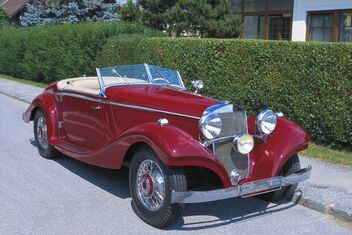
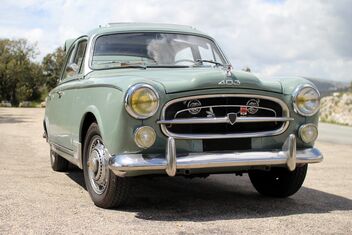
Vintage cars
Everyone is invariably nostalgic - think for instance of round and beautifully curved bodywork, the shark fin on the rear or the clear lines of the 1970s. But by definition, the term “vintage car” means a “historic motor vehicle”. This not only covers cars and motorcycles, but also trucks, omnibuses, tractors, locomotives and even ships. Collector pieces with collector value.
Unlike historic vehicles, vintage and classic cars do not need to have a corresponding entry in the vehicle registration, and this is also not relevant for special insurance cover. And what’s more, modern classics can already be insured as a vintage car if they are more than 20 years old.
Historic vehicle
In Switzerland, the term “historic vehicle” is mainly used in connection with the license for use on a public road and is defined by law. Owners of a historic vehicle are also 99% certain to have this recorded in the vehicle registration document. An application is made to the Department of Motor Vehicles for code 180 which is linked to various criteria. A decision is made about registration as a historic car during the vehicle inspection test. There may be differences between cantons, so make sure that you always check the requirements in your canton of residence.
If there is any doubt, a Swiss FIVA ID card (German) must be provided to prove originality and year of construction. A FIVA ID card is valid for 10 years and costs CHF 270 for a motor vehicle, CHF 70 for a motorcycle and CHF 70 for trailers.
Conditions for code 180
- First registration at least 30 years ago
- Maximum distance traveled 2,000 - 3,000 km/60 hours of road use annually
- Optically and technically excellent condition and exceptionally well kept and maintained; scratches and technical repairs are permitted.
- Replacement parts used or modifications must be consistent with the vehicle’s period
- Private use (publicly advertised trips for payment are excluded)
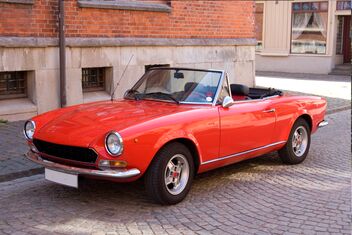
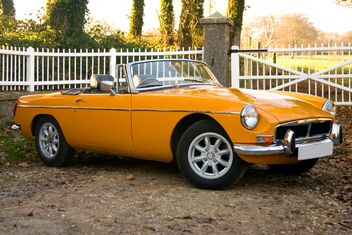
Benefits of code 180
- Lower traffic levies
- No heavy vehicle fees
- Vehicle inspections only every six years
- Maximum speed indicator and rear reflector are not required.
Links
- Addresses and links to Switzerland’s Departments of Motor Vehicles (German)
- Contact address for a FIVA ID card in Switzerland: Swiss Historic Vehicle Federation (German)
Modern classics
Collector cars that are less than 30 years old are classified as modern classics. The age limit is generally rather vague. A classic car is a car that is typically 20 years or older.
Unlike historic vehicles, the registration rules for modern classics are the same as for modern everyday cars.
Replicas: not vintage cars, but increasingly popular
They look like vintage cars, but they are not the “real thing”: they are replicas, also known as restmods or retros. The trend is slowly moving over from the US to Europe. Old cars are fitted with modern technology or modified. They look extremely similar to the original.
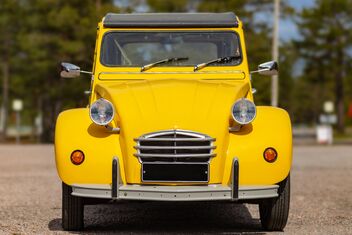
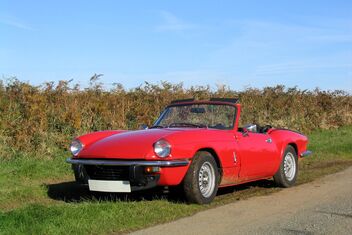
What is important when buying a classic car?
A vintage car is always about emotion and passion and creates butterflies in the stomach. However, a couple of practical considerations are required before making a purchase. What criteria help in making a decision?
Purpose
Which classic car would suit you and how do you want to use it? As an everyday car, only at weekends, as a convertible for fine weather or as a rally car? One thing is certain: without modern assistance systems, old cars need more than “intuition”. The brakes, the clutch and gears react differently.
Your answers will decide what you buy: a vintage car, an actual historic car or a modern classic.
Maintenance
Do you have the time, space and money to maintain and look after a classic car properly? Or do you want to restore your vintage car yourself? What you should generally think about are the replacement parts, as getting hold of them can be expensive. Vintage car markets and car clubs can be helpful and a great deal of fun. From experience, original parts for old cars from the US and the UK are usually the easiest to find compared to vintage cars from Italy and France.
Interchangeable license plate
An interchangeable license plate is also possible for vintage cars or those with historic vehicle status. Unlike modern cars, it is possible to register more than just two cars. This is particularly attractive if you own three or more classic cars, and it could have a positive impact on the insurance premium. Do not hesitate to contact your advisor.
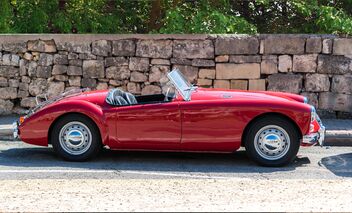
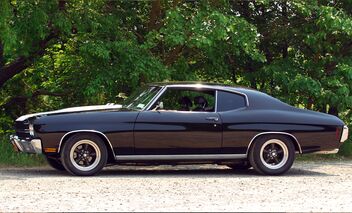
Insurance cover for vintage cars
Owning a classic car can only be an affair of the heart, so you are unlikely to want to economize on insurance cover. But this doesn’t mean that you have to pay a high insurance premium.
For vintage car insurance, specific risks have to be taken into account in addition to the regular liability or partial or comprehensive accidental cover. For collector cars, these are different than with modern cars. For example the cost of replacement parts or cost of transport damage, appreciation through increasing age or even the replacement of vehicle locks due to loss or theft.
And what insurance cover is the best and most economical solution for your vintage car in particular? Make sure you seek advice.

